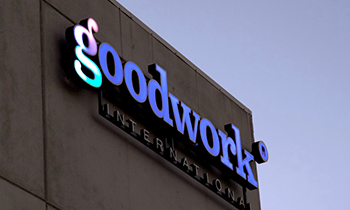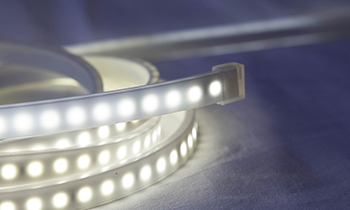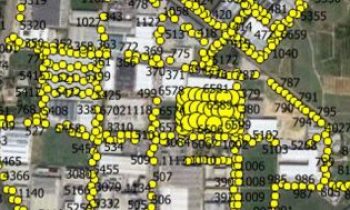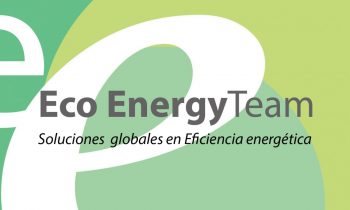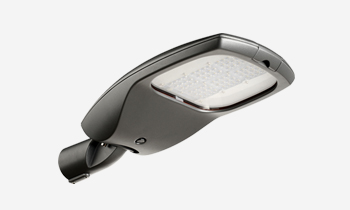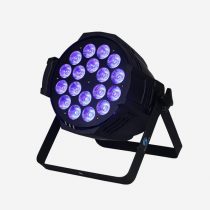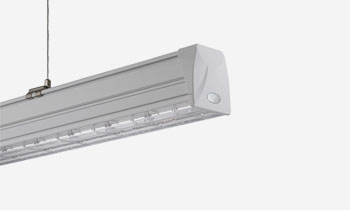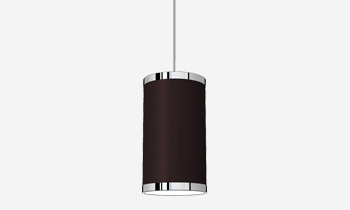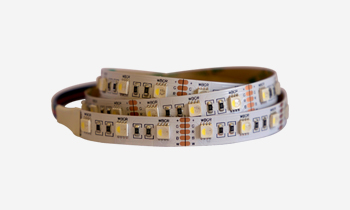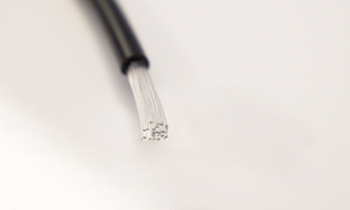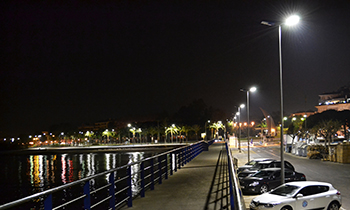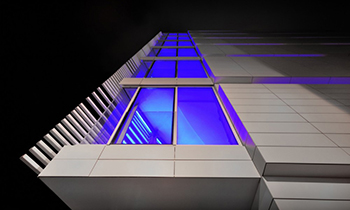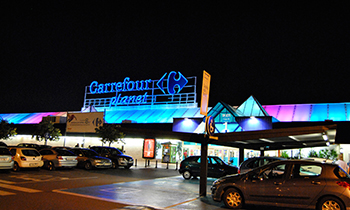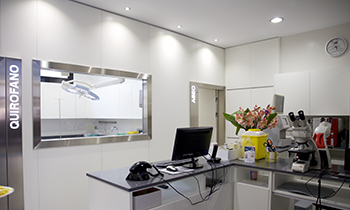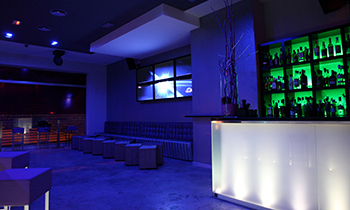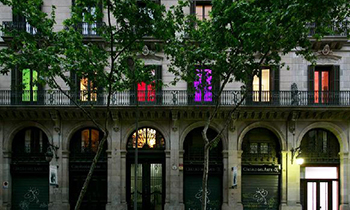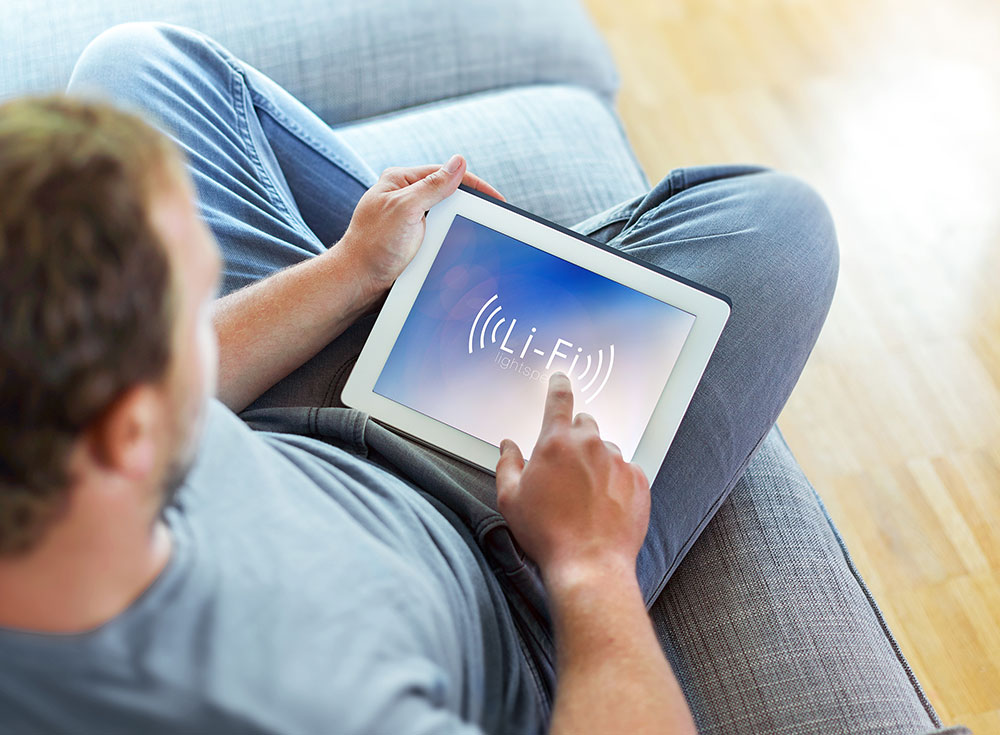The term Li-Fi, refers to Fidelity of Light and refers to wireless communications systems, fast and inexpensive technology employing a bi-directional data transmission communicating by visible light.
This light transmits information data through visible light pulses which are received by an optical router. The bulb must have a transmitter chip or a small transmitter antenna to make it a bright router so that bulb is capable of emitting the Li-Fi waves to be picked up by light receivers such as mobile, tablets, TVs, cameras, computers or smart appliances.
In 2010, physicist Harald Haas of the University of Edinburgh (UK) founded the project D-Light. In 2011 he began promoting Li-Fi to market it and it is then when we hear about it for the first time. It was during the TED4 Conference on “Communication with visible light” in which Haas (who performed the test before everyone) explained why the use of LED bulbs for this technology: “Because LED bulbs are semiconductors devices, the current, and thus the optical output can be modulated at extremely high speeds that can be detected by a photodetector and then the device transforms it back into electric current.
The intensity modulation is imperceptible to the human eye, and therefore communication is transparent. Using this technique, high-speed information can be transmitted from an LED bulb to a receiver.” In late 2011 different groups and companies in the industry formed the Li-Fi Consortium in order to publicize and promote this technology.
As the same Haas says: “The data transmission using an LED bulb is free, not to mention the LED bulbs, which themselves are extremely efficient.” Once again it demonstrated the value and effectiveness of LED lighting; and the best thing is that the infrastructure for this technology already exists, since it is increasingly common to see LED light in our environment. But… do we really know what advantages LI-FI has over Wi-Fi? Let us summarize what this technology can bring us:
- The biggest difference between Li-Fi and Wi-Fi is that although both are electromagnetic waves that carry data, the Li-Fi does this through visible light while uses Wi-Fi, microwaves. Thus the problem of saturation of the RF spectrum which reduces the speed of current connections is exceeded
- Li-Fi technology is up to ten times cheaper than Wi-Fi. Wi-Fi is a radio frequency communication, so its cost is higher than that of Li-Fi. It is much simpler and uses methods similar to those used in infrared low-cost direct modulation communications devices (such as remote controls, for example)
- No need for wiring
- You can reach transmission speeds of up to 224 Gbps, it means about 100 times faster than the optical fiber used by Wi-Fi
- Not harmful to health and is imperceptible to the human eye
- Any bulb or fixture can become a router easily and economically so. Just put in an Li-Fi transmitter and the light bulb becomes a data transmitter
- Not through walls, light is much safer than the kind of electromagnetic waves with which operates the Wi-Fi. It will be much more difficult for someone to access your connection, so it is very useful in places where safety is paramount, and bank offices
- The electric light does not disturb or interfere with communication, it does not cause interference with other systems. It does not interfere with the frequency bands used for transmitting information via Wi-Fi
- Energetically, it is more efficient than Wi-Fi
It is anticipated that the Li-Fi technology will be popular by 2019. We are moving towards more optimal and intelligent cities and Li-Fi, is just another example of this.

